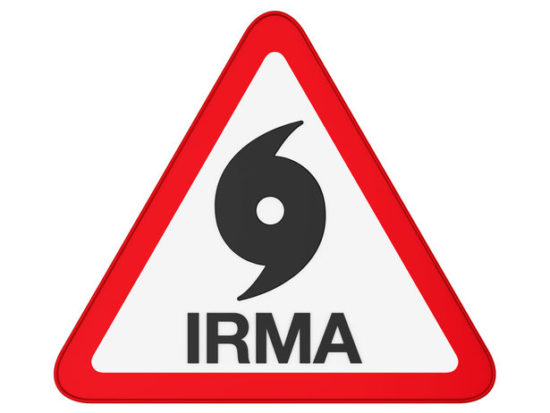As the nation continues to navigate its way through the Coronavirus Disease (COVID-19) pandemic, we wanted to pass along some updated information from the Centers for Disease Control and Prevention (CDC) and the U.S. Environmental Protection Agency (U.S. EPA). Our blog post from March 19, 2020, remains a good primer on COVID-19 and drinking water, but there are a few updates to provide amid what appears to be an uptick in speculation about the transmission of the virus in sewage.
Two researchers at the …
Continue Reading





